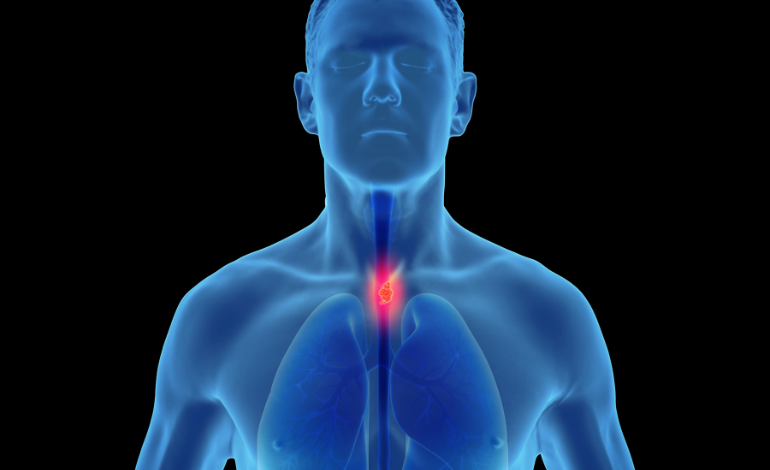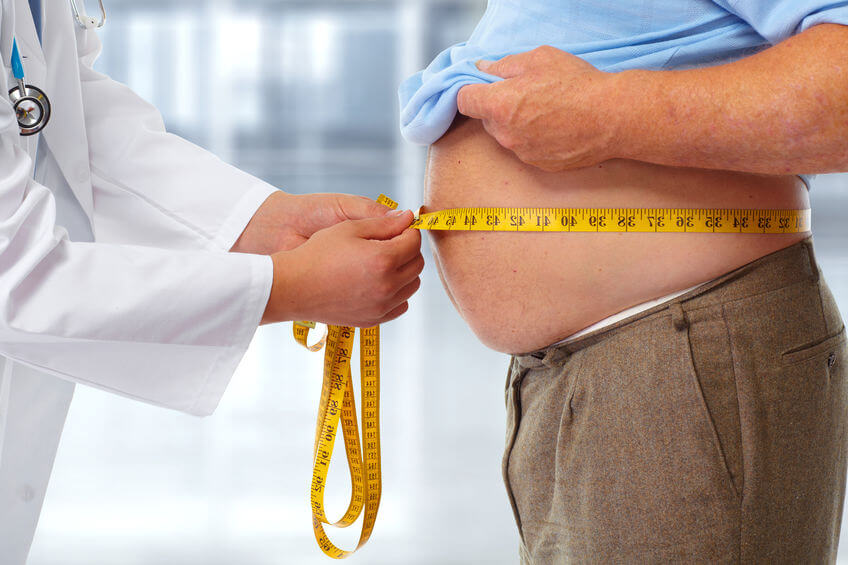Evolving role in conservative dentistry and its impact

Just 20 years ago, fourth-generation adhesives revolutionized conservative dentistry. In 2003, we were able to distinguish between unhealthy and unhealthy dentin. These are all groundbreaking innovations that have radically changed the dental practice. Within a decade, adhesive resins and composites have supplanted amalgam as the primary restorative material.
Conservative Dentistry is a treatment procedure that removes minimal healthy tooth structure during the restorative process. Natural enamel and natural dentin are still the best dental materials on the market, so minimally invasive procedures are preferred to further preserve the original, healthy tooth structure.
The three main clinical problems are:
1)End of cavity preparation: Second-generation SmartBurs II (SS White) are self-limiting polymer burs that have been developed to solve the problem of the clinical endpoint of the preparation removal of the infected tooth (softened tooth structure that cannot be remineralized).
2)Disinfection of the desired dentin tissue: It’s good It’s well known that some bacteria remain in the prepared tooth structure despite the thoroughness of the preparation process and despite the tactile strength and lack of discoloration. It is now possible to significantly reduce the likelihood of live bacteria for chemotherapy restorations, which can penetrate up to 2-3mm into the remaining enamel or dentin. These techniques effectively destroy bacteria and allow for subsequent remineralization of damaged tooth structures.
3)Simplification of the restoration protocol: Most restoration protocols require multiple materials, each chosen for their particular beneficial properties, multiple steps, and a cumulatively complex description of a specific sequence that must be followed carefully. Flowable composites easily conform to the microanatomy of the tooth surface and are highly polishable, but cannot withstand the chewing forces associated with direct occlusal contact.
Innovations in finishing the determination of the point, the disinfection of cavity surfaces and the simplification of restorative techniques have once again revolutionized the dental practice. Large clinical procedures are better, faster, easier and much more predictable in the long run.








